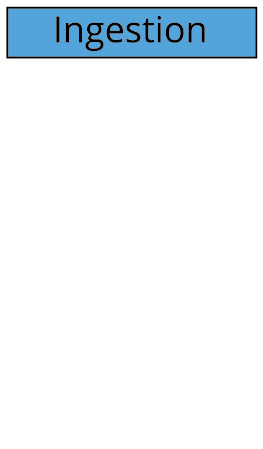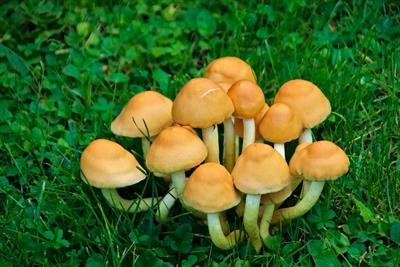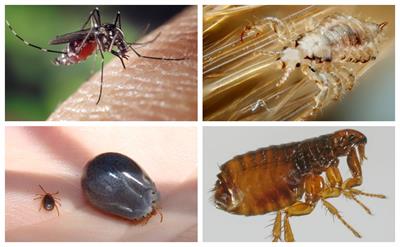PDF chapter test TRY NOW
Living beings require energy constantly in the form of ATP to perform activities and life processes of the body. Therefore, ATP is essential for every cell of the body.
The process through which living organisms obtain ATP necessary for growth, development and maintenance is called nutrition.
The source of energy is carbon-based food sources.
The nutrients can be organic (carbohydrates, proteins, fats, vitamins) or inorganic substances (water and minerals). Nutrients provide ATP for growth, repair, protection from diseases and metabolic energy for several activities taking place in the body. Depending on the mode of obtaining nutrition, the living organisms are classified into:
Chemical substances present in food are called nutrients.
1. Autotrophs - prepare their food from simple inorganic sources like \(CO_2\) and \(H_2O\). Autotrophs include green plants, algae and some bacteria - Cyanobacteria
2. Heterotrophs - dependent on autotrophs and obtain complex organic substances.
Autotrophic nutrition in plants is discussed briefly in the previous subtopic.
Heterotrophic nutrition
Mode of nutrition where the organisms cannot synthesize their own food and obtain organic food from outside sources. The form of nutrition differs based on the availability and type of food and how the organism obtains it.
Types of heterotrophic nutrition:

Types of heterotrophic nutrition
i. Holozoic nutrition:
Type of nutrition where an organism ingests complex organic food material is subsequently digested and absorbed into the body.
Example:
Unicellular microorganism like amoeba, multicellular animals like dog, monkey, lion, tiger, fish and human being.

Tiger
Holozoic nutrition occurs through \(5\) steps:

Holozoic nutrition steps
a. Ingestion: Process of intaking of food is called ingestion.
b. Digestion: Conversion of organic polymers into monomers which the body can absorb and store in the tissues. It is a catabolism reaction where food is broken down mechanically and chemically.
c. Absorption: Process through which digestion products are absorbed into the bloodstream and transported to different parts of the body is known as absorption.
d. Assimilation: Process of utilising digested food products for growth, repair, and energy (ATP).
e. Egestion: Process of removal of undigested food material (faeces) from the body through the anus.
ii. Saprophytic nutrition:
Type of nutrition where an organism obtains food from dead and decaying organic remains. An organism that feeds on the dead and decaying matter are called saprophytes.
Example:
Bacteria and fungi like mushrooms, bread mould, and yeast digest the food externally before the nutrients are absorbed through the cell wall.

Mushroom
iii. Parasitic nutrition:
Nutrition where an organism obtains food from another living organism. An organism that obtains food and shelter from another organism is called a parasite. The organism that provides it to the parasite is called a host.
Example:
Mosquitoes, lice, ticks, fleas, leech and tapeworm

Clockwise from top left: Mosquito, lice, flea, and tick
